When choosing an electric bike, one of the most important decisions is the type of battery it uses. The battery determines not only how far you can ride but also how heavy the bike feels, how long the battery lasts, and how much maintenance is required.
In Australia, most modern e-bikes use lithium-ion batteries, but some budget-friendly or older models may still come with lead-acid batteries. So, which is better? Let’s compare.
1. Battery Basics

-
Lithium-ion batteries: Lightweight, long-lasting, and now the industry standard for e-bikes.
-
Lead-acid batteries: Cheaper but heavier, with shorter lifespans and less efficiency.
2. Key Differences Between Lithium and Lead-Acid Batteries
a. Weight
-
Lithium-ion: Much lighter, making your e-bike easier to handle.
-
Lead-acid: Can double the weight of a bike, making it harder to pedal without power.
b. Range
-
Lithium-ion: Higher energy density means more kilometres per charge. A 500Wh lithium battery often gives 60–80 km.
-
Lead-acid: Lower efficiency, usually only 20–40 km on a comparable battery size.
c. Lifespan
-
Lithium-ion: Lasts 800–1,000 charge cycles (3–5 years with proper care).
-
Lead-acid: Typically lasts 200–300 charge cycles, meaning frequent replacements.
d. Charging Time
-
Lithium-ion: Charges faster (4–6 hours for a full charge).
-
Lead-acid: Much slower, often requiring 8+ hours.
e. Maintenance
-
Lithium-ion: Low maintenance, just follow proper charging habits.
-
Lead-acid: Needs more care, risks of leakage, and is sensitive to deep discharges.
f. Cost
-
Lithium-ion: Higher upfront cost but cheaper in the long run.
-
Lead-acid: Lower initial cost but frequent replacements make it more expensive over time.
3. Environmental Impact
-
Lithium-ion: More recyclable and energy-efficient.
-
Lead-acid: Contains toxic lead and acid, posing higher environmental risks if not properly disposed of.
4. Which Battery Is Best for Australian Riders?
For most Australians, lithium-ion batteries are the clear winner. They provide better range, last longer, weigh less, and are more reliable for commuting in cities like Melbourne, Sydney, and Brisbane.
Lead-acid batteries may only make sense if:
-
You are on a very tight budget.
-
You only ride short distances.
-
You don’t mind frequent replacements and extra weight.
But if you want value, performance, and long-term savings, choose lithium-ion.
Final Thoughts
When comparing lithium vs. lead-acid batteries for e-bikes, the decision is clear: lithium is the best choice for most riders in Australia. While lead-acid may seem cheaper at first, lithium batteries deliver far better performance, durability, and overall cost savings.
At CycleGo, all our e-bikes are equipped with modern lithium batteries designed for Australian riders who want reliable, safe, and long-lasting performance.

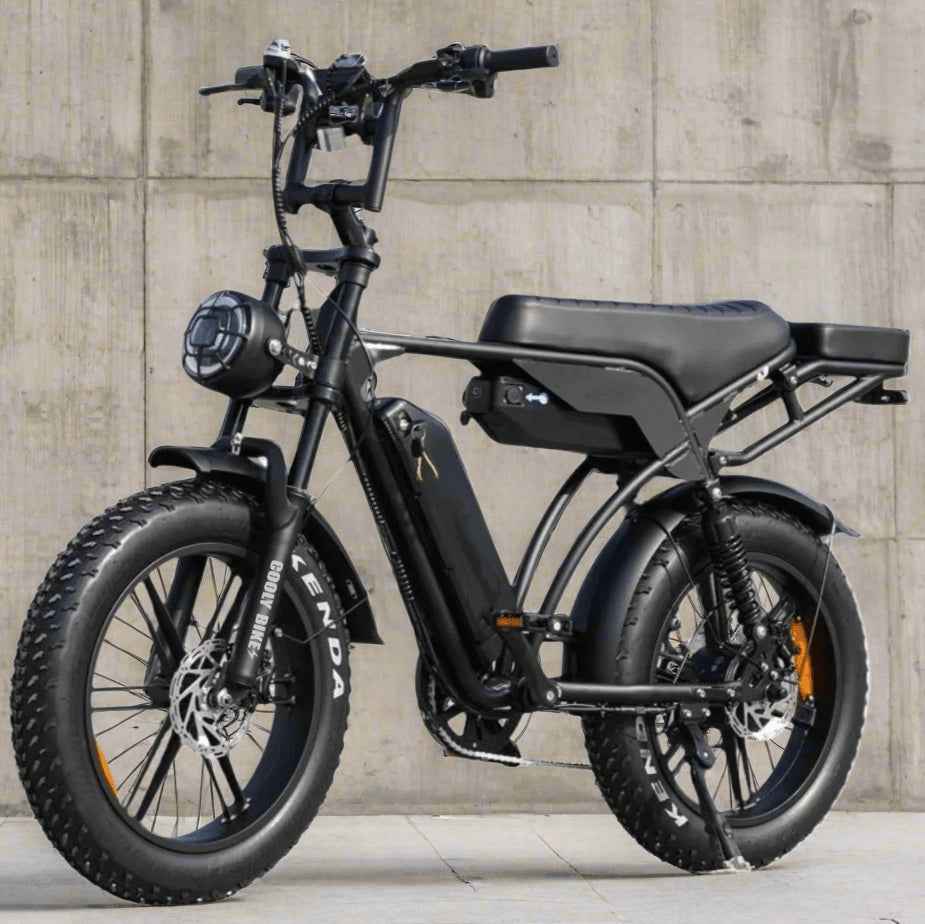



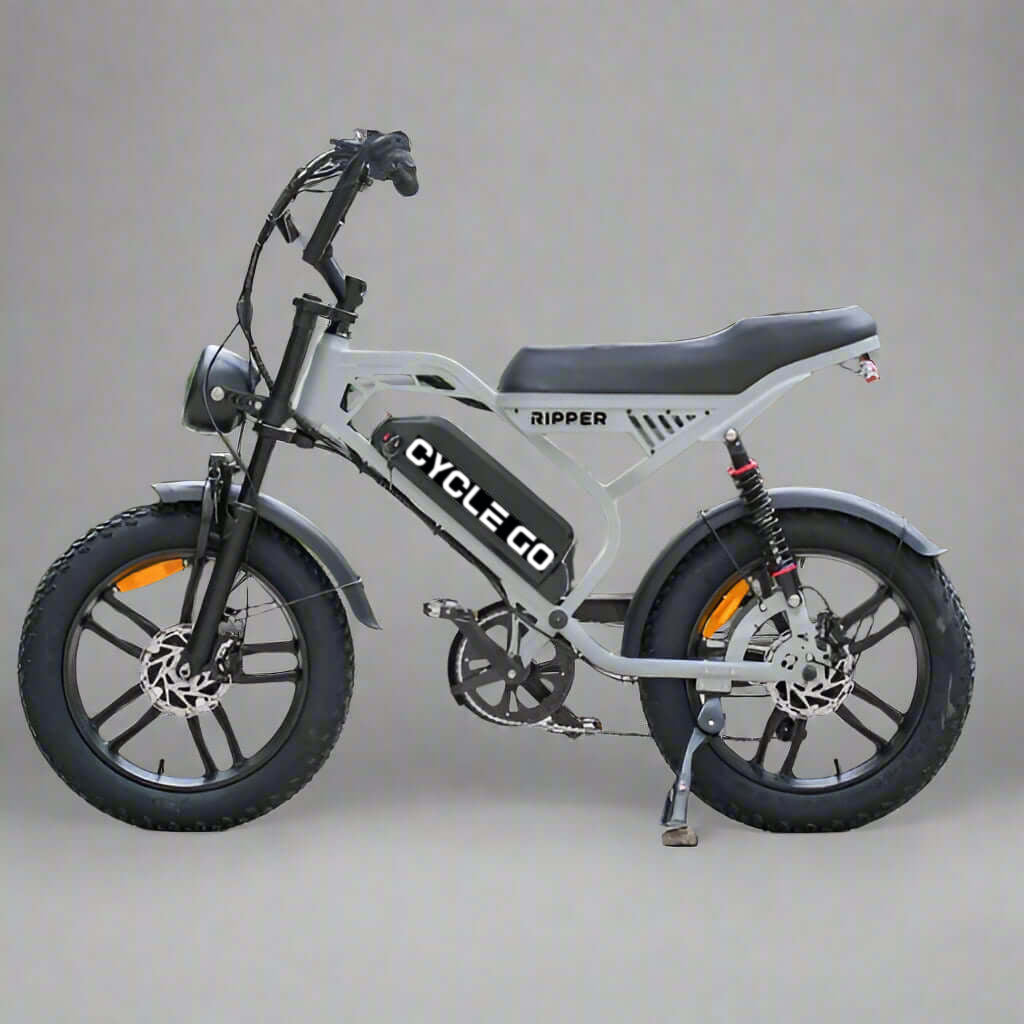




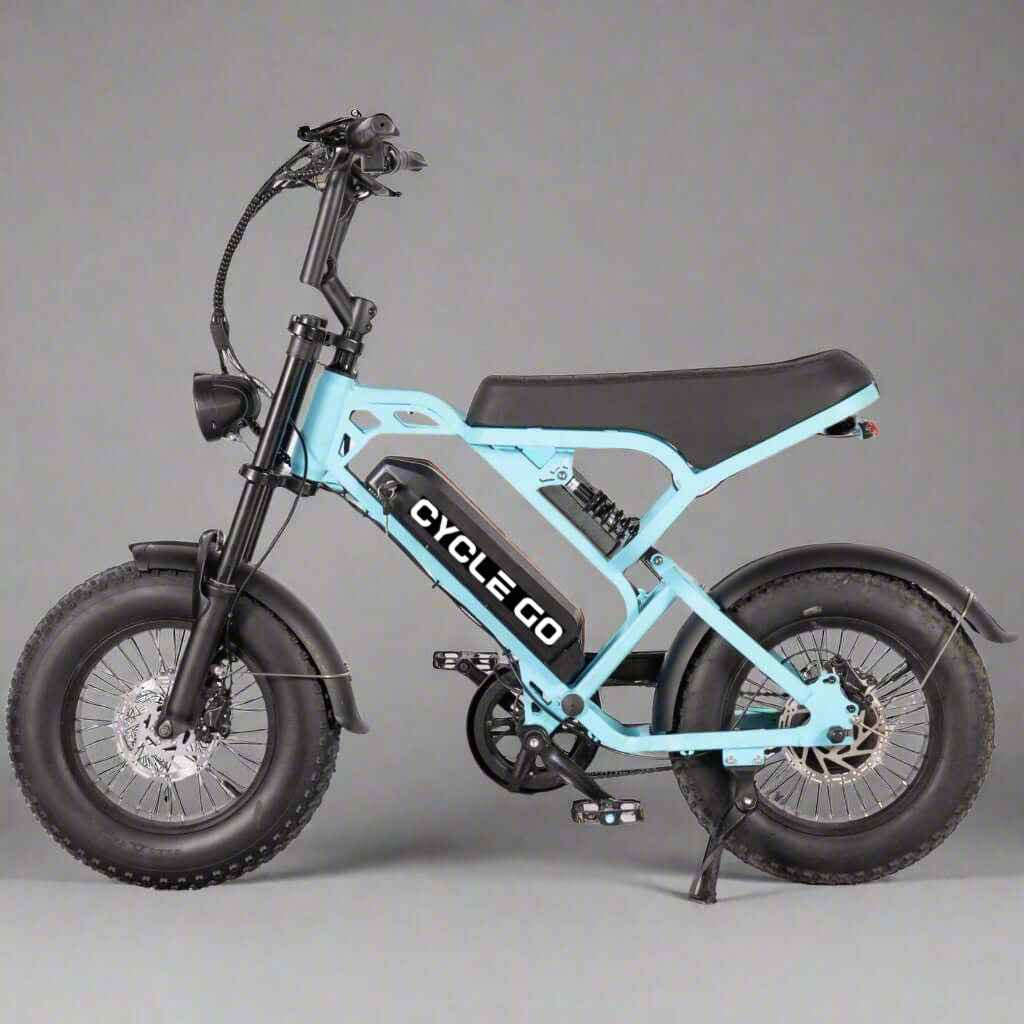




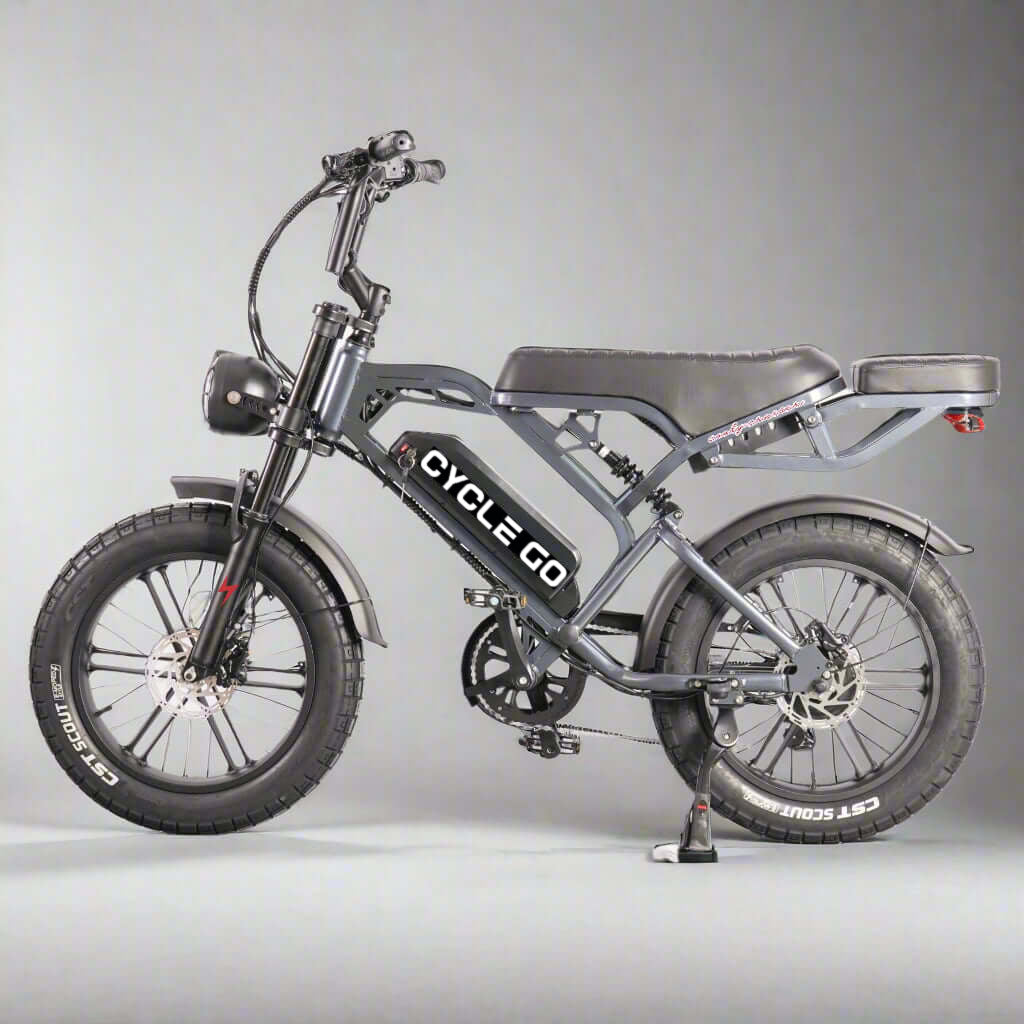




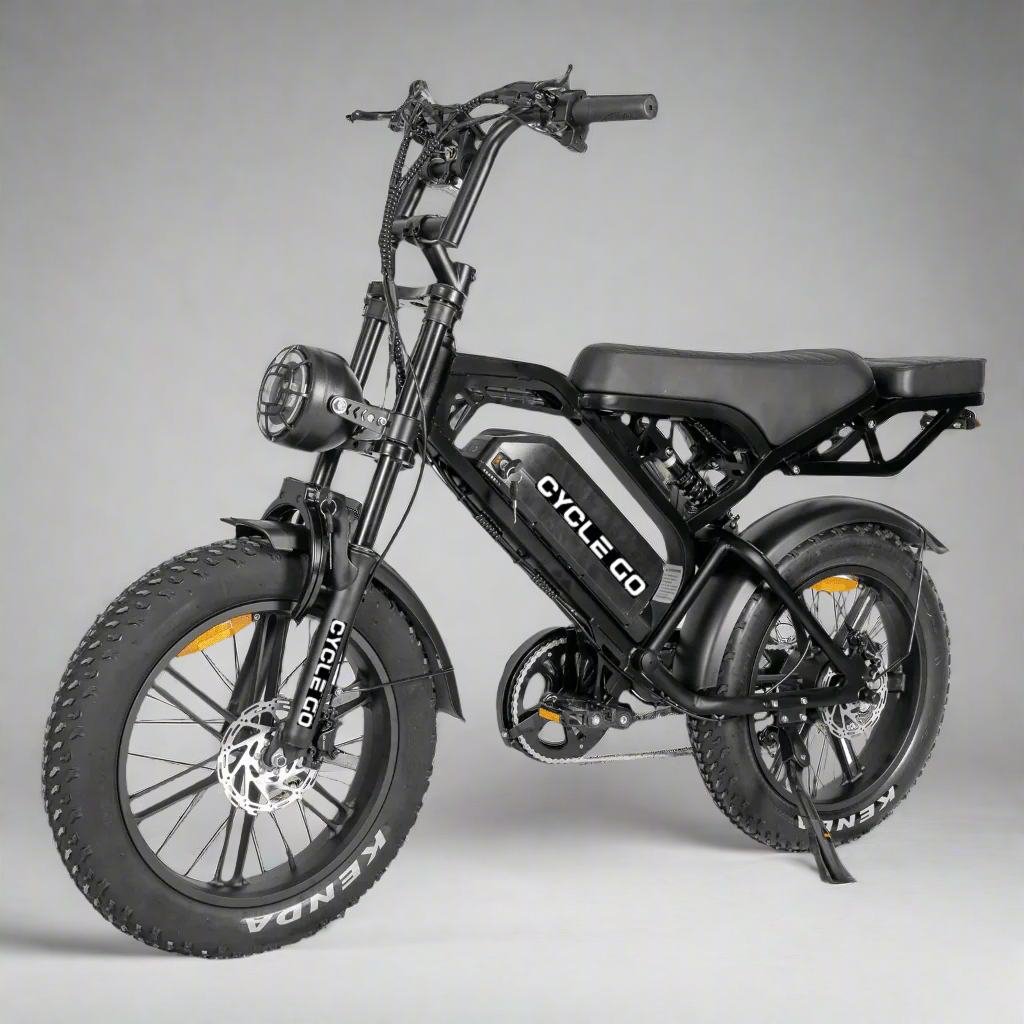




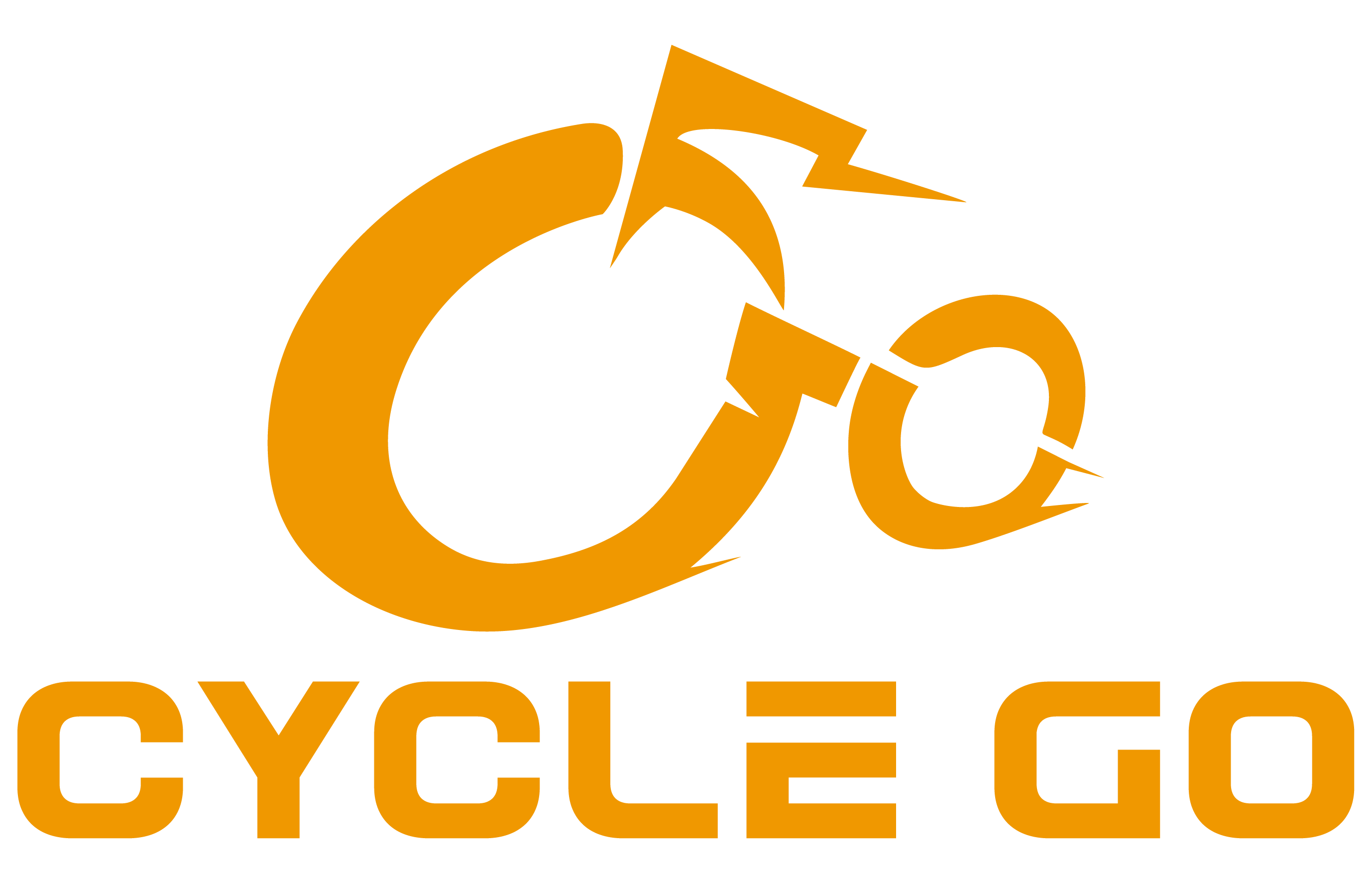
0 comments